Table of Contents (click to expand)
Memories are stored as microscopic changes at the connections between neurons in the brain. When a person wants to remember something, they have to retrieve the information from the part of the brain where it is stored. The retrieval process can be hindered by distractions or a failure to encode the information correctly in the first place.
Talking to a group of young and motivated high school students, Sgt. Jackson recalled the day almost 6 years earlier when he was posted in Iraq. He vividly remembers the day when he blew up a terrorist hiding hole. That moment defined his career, in fact. On the other hand, he can’t remember what he had for lunch 3 days ago.
How is it that he can perfectly narrate incidents that took place 6 years ago, but cannot recall something that he did just 3 days prior? To answer that question, we need to understand how memories are stored and retrieved by our brain.

Memory is one of the most complex processes of the brain. Memory is the term given to the structures and processes involved in the storage and subsequent retrieval of information. The ability to store and retrieve memory is extremely important for a person to function normally in society.
How Do Memories Work?
Most people refer to memory as something that they possess. However, the expression “I lost my memory‘” is technically incorrect. Memory doesn’t exist in the same way that a part of your body exists. It’s not physically present; rather, it is a concept that refers to the process of remembering.
At the most basic level, memories are stored as microscopic chemical changes at the connecting points between neurons (specialized cells that transmit signals from the nerves) in the brain.
Three types of neurons are responsible for all information transfer in the nervous system.
- Sensory Neurons: these detect the stimulus from each of the senses and communicate the information to the interconnecting neurons.
- Interconnecting Neurons: these transfer information throughout the nervous system and also connect to the motor neurons.
- Motor Neurons: these connect to the muscle tissue and activate them.
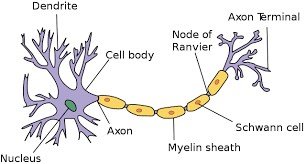
There are certain steps involved when a memory is processed.
Also Read: Why Do Some People Have A Better Memory Than Others?
1) Encoding
Encoding is a biological phenomenon that starts with perception. Consider, for example, the memory of the time when you met a personal idol. At that point, your visual system picked up how much of a dynamic personality they had in real life. Your auditory system picked up the sound of his/her voice. Your olfactory component probably even registered how the person smelled. These sensory cues are largely responsible in forming our perceptions. Each of these separate sensations travelled to the part of your brain called the hippocampus, which integrated these perceptions as though they were a part of a single experience.
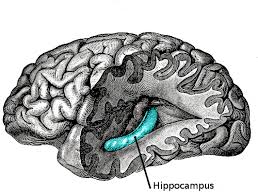
According to neuroscientists, the hippocampus, along with another part of the brain called the frontal cortex, is responsible for analyzing these various sensory inputs and deciding if they’re worth remembering. If they are, they may become part of your long-term memory.
Although memory starts with perception, it is encoded and stored with the help of neurons. Neurons are the basic means of information transfer within the nervous system. This information travels through the nervous system by communicating with other neurons via an electrochemical process.
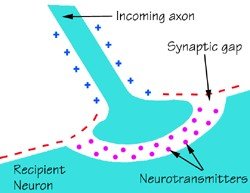
Nerve cells are connected with other cells via a point known as a synapse. These synapses transfer the electrical pulses containing information and trigger the release of chemical messengers called neurotransmitters. Each brain cell can form thousands of links like this, giving the typical brain about 100 trillion synapses. The wiring in the brain is also constantly being altered. As new memories are formed, new synapses are added, thus increasing the number of connections within the brain. Once memories are ‘encoded’, they are transferred to either the long-term memory or the short-term memory. This transfer is a part of memory storage, which is the second step in the formation of memory.
Also Read: Did Your Memories Happen The Way You Remember Them?
2) Memory Storage
There is no need for us to maintain every perceived detail of life in our brain. The different stages of human memory function as a sort of filter that helps to manage the flood of information we’re confronted with on a daily basis.
As soon as we intercept certain data or note an event, the information is encoded into the short-term memory. Short-term memory has a fairly limited capacity; it can hold about seven items for no more than 20 or 30 seconds at a time. Once this information is processed, two different things can happen; the information can be lost or it can be transferred into long-term memory.
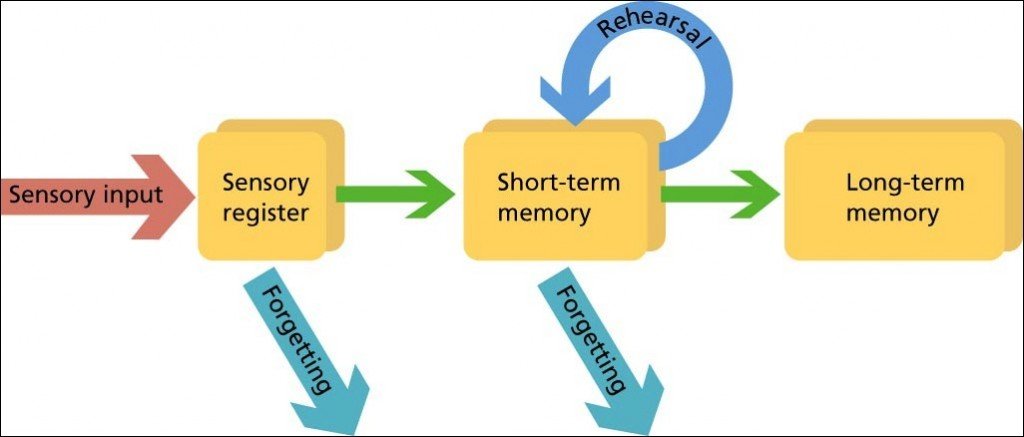
Long-term memory, or LTM, is the part of our memory storage system that has an unlimited capacity to retain information for a long time. There are two different types of memory included in LTM.
- Unconscious memory: This includes the formation of memory without us being aware of it. For example, learning how to drive a car or tie your shoelace are both procedural memories. Such memories are slow to acquire, but far more resistant to change or loss.
2) Conscious memory: This type of memory pertains mainly to facts, such as names and dates. It is swiftly acquired, but also swiftly lost. Constant repetition can transform conscious memory into unconscious memory.
Up to this point, the steps in the formation of memories have been mentioned, but how do we recall these memories?
3) Memory Retrieval
When you want to retrieve a particular memory, you have to reach out to the unconscious level of memory storage. This data is transferred to the conscious level at your will.
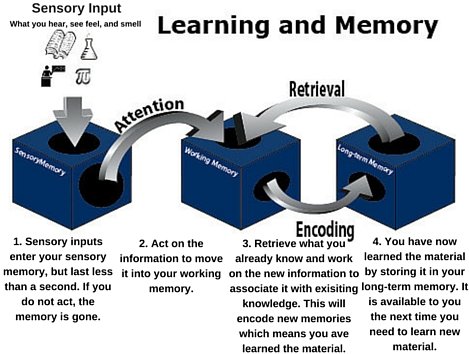
While most people think they have either a bad or a good memory, in fact, they are just fairly good at remembering some types of things and not so good at remembering others. The failure to remember something can be a result of the faulty encoding of data, assuming that you don’t have a physical disease. The information simply fails to make it to the long-term memory.
Distractions that occur while you’re trying to remember something can also get in the way of encoding memories. If you’re trying to read a book in a crowded public setting, you may think you’re remembering what you read, but you may not be effectively saving it in your memory. This may lead to failure in retrieval.
The study of memory is still in its initial stages, and little is known about its working at the molecular level. In other words, the next time you forget to pick up those groceries that your mom asked you for, simply blame it on your short-term memory!
How well do you understand the article above!

